AARP Hearing Center
Yes, as long as you meet the qualifications for Medicaid, the government health care program for people with limited earnings. Whether or not you receive Social Security Disability Insurance (SSDI) is not a factor in Medicaid eligibility.
And that can come in handy. While getting SSDI automatically qualifies you for Medicare, there's a waiting period — generally, two years after you become entitled to the disability benefit. If you qualify, Medicaid can provide a way to cover your health care costs while you're waiting for your Medicare to kick in.
Medicaid is primarily funded by the federal government but largely run by the states, so qualification criteria can differ depending on where you live.
Most states have expanded their Medicaid programs under the Affordable Care Act (ACA), allowing most adults to qualify if they earn up to 138 percent of the federal poverty level (FPL) — in 2024, that's $20,783 for an individual and $43,056 for a family of four.
In this situation, an individual receiving the average SSDI benefit — $1,537 a month in December 2023 — and no other income could qualify for Medicaid. However, some states set the cap at 100 percent of the poverty level ($15,060 individual, $31,200 family of four) or use other criteria to determine eligibility.
You may still be able to get Medicaid if your income from SSDI is above the limit — especially if you have high medical bills. Some states have “spend down” programs that allow you to subtract health care expenses from your income to get it under the Medicaid ceiling.
For more information on eligibility and the application process, check the Medicaid & CHIP (Children's Health Insurance Program) page at HealthCare.gov, the federal government's online marketplace for health coverage; or contact your state Medicaid agency.
You may be able to stay on Medicaid even when you become eligible for Medicare, as what the government calls a "dual eligible." Medicare would become your primary health insurer, meaning your providers bill it first when you get treatment. But Medicaid may cover some things Medicare doesn't, such as dental coverage or long-term care, and in some cases it can be used to offset your Medicare premiums.
Keep in mind
- There are two exceptions to the 24-month waiting period for Medicare coverage. People with amyotrophic lateral sclerosis (ALS) can get Medicare as soon as they start collecting SSDI. People with end-stage renal disease can get expedited coverage in a number of circumstances, including three months after they start dialysis or in the month of a kidney transplant.
- If you aren't able to qualify for Medicaid in your state during your Medicare waiting period, you may be able to get private health insurance at a reduced cost through the federal marketplace, depending on your income and household size. Go to HealthCare.gov to explore your options.




















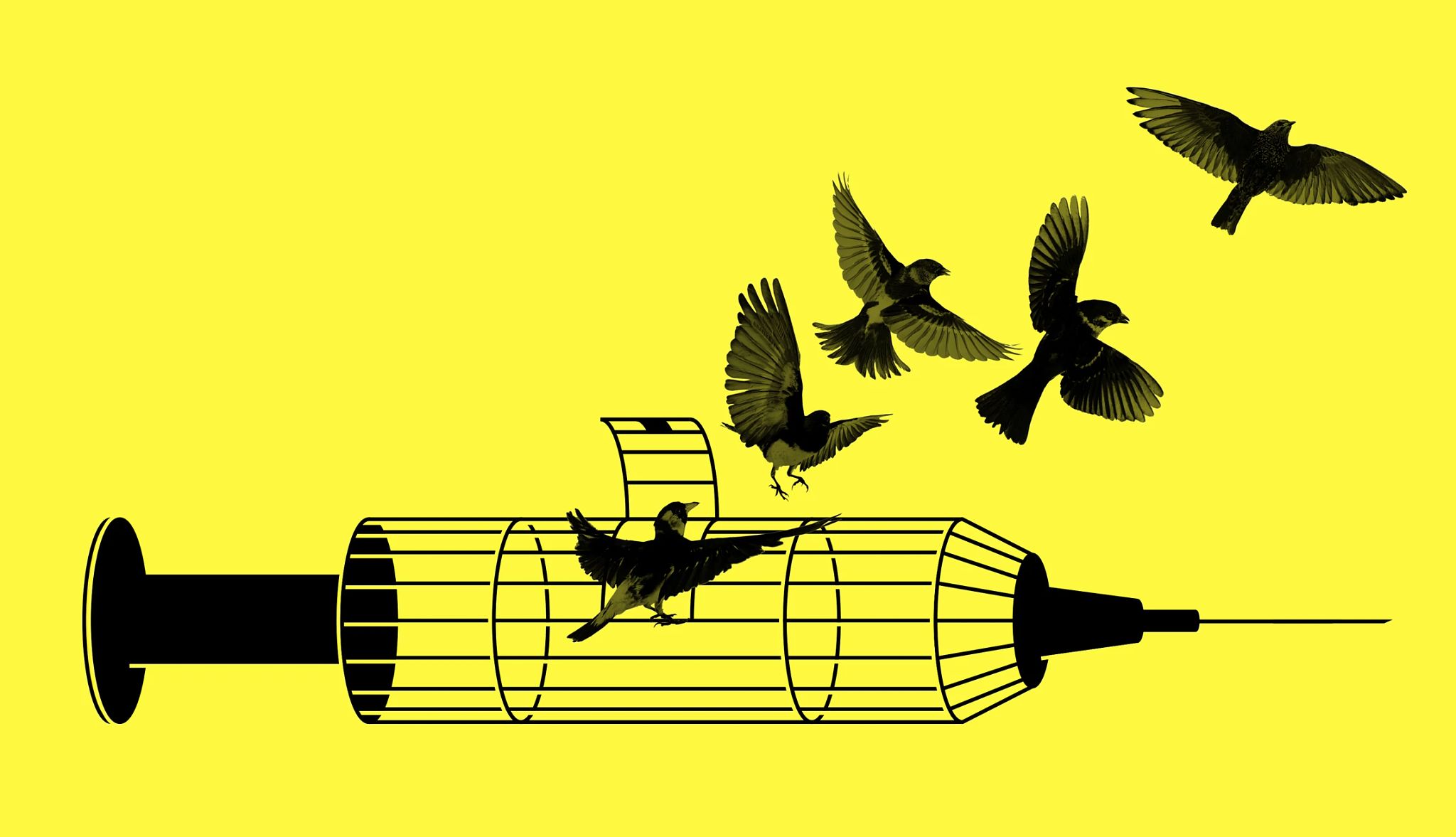


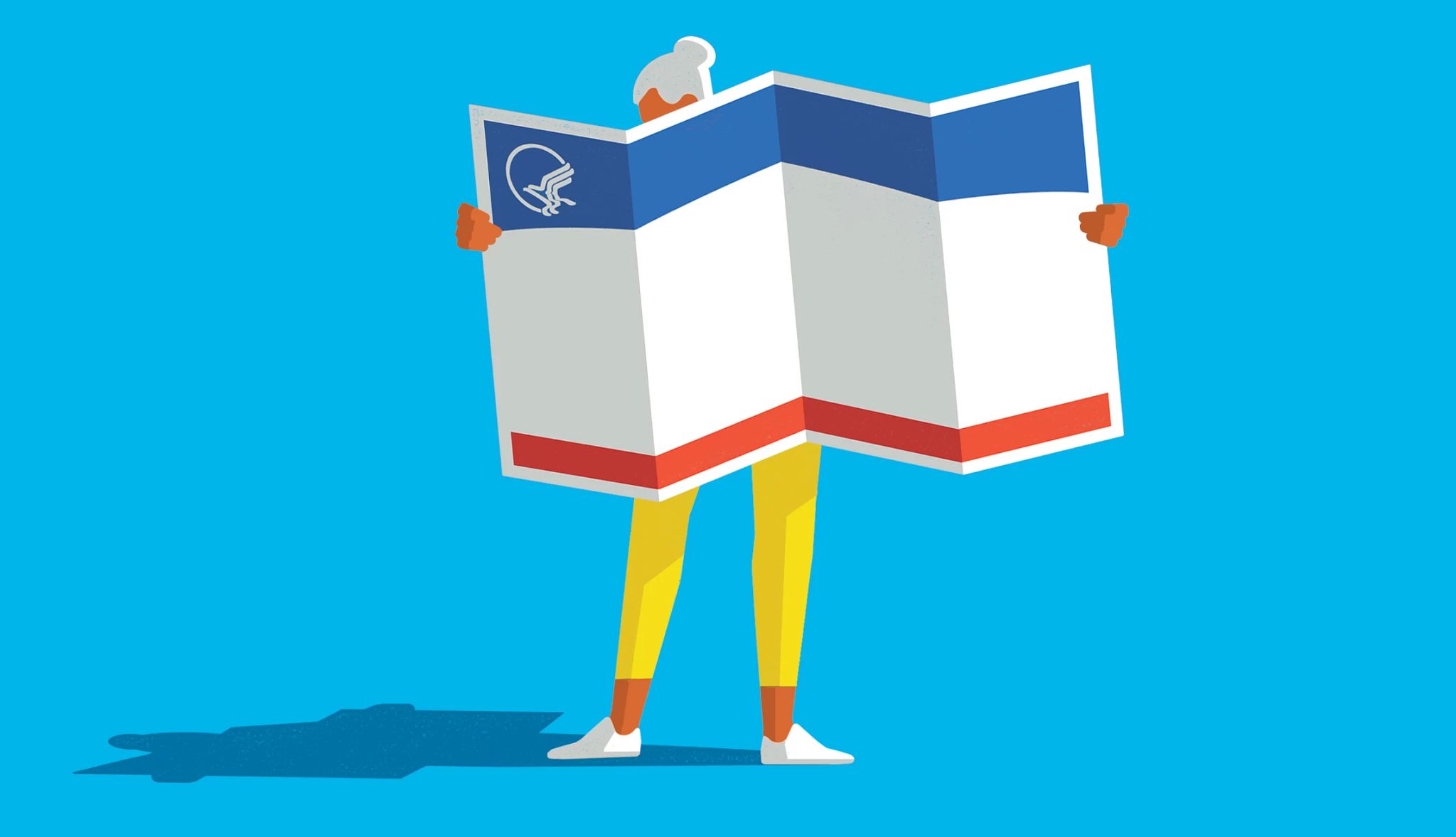

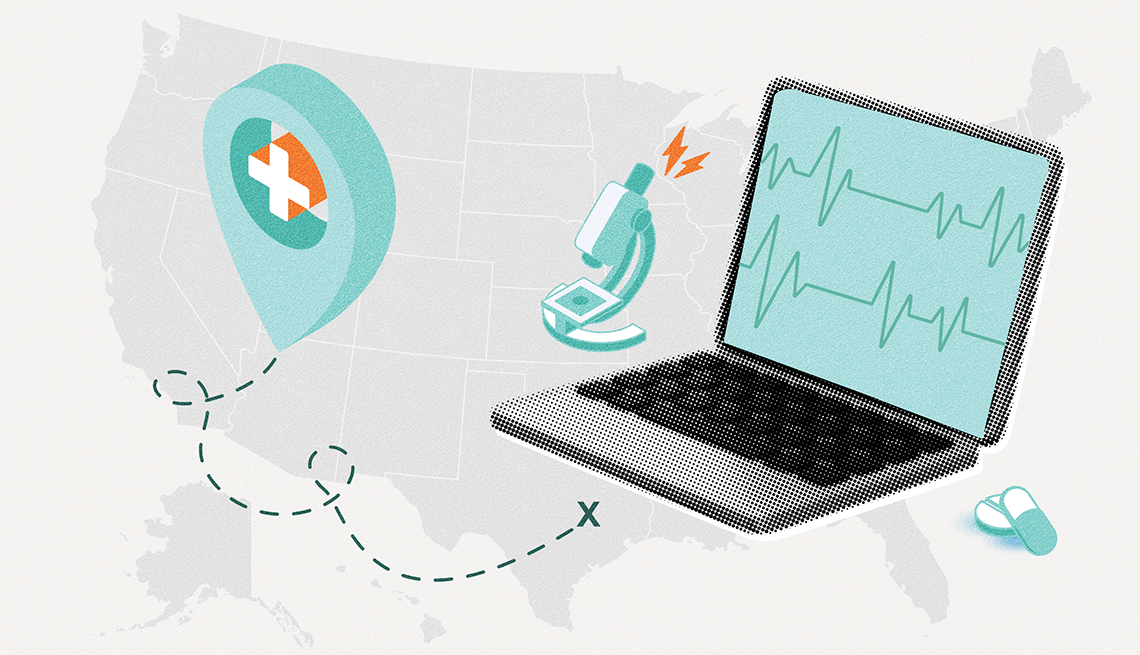






.jpg?crop=true&anchor=13,195&q=80&color=ffffffff&u=lywnjt&w=2008&h=1154)












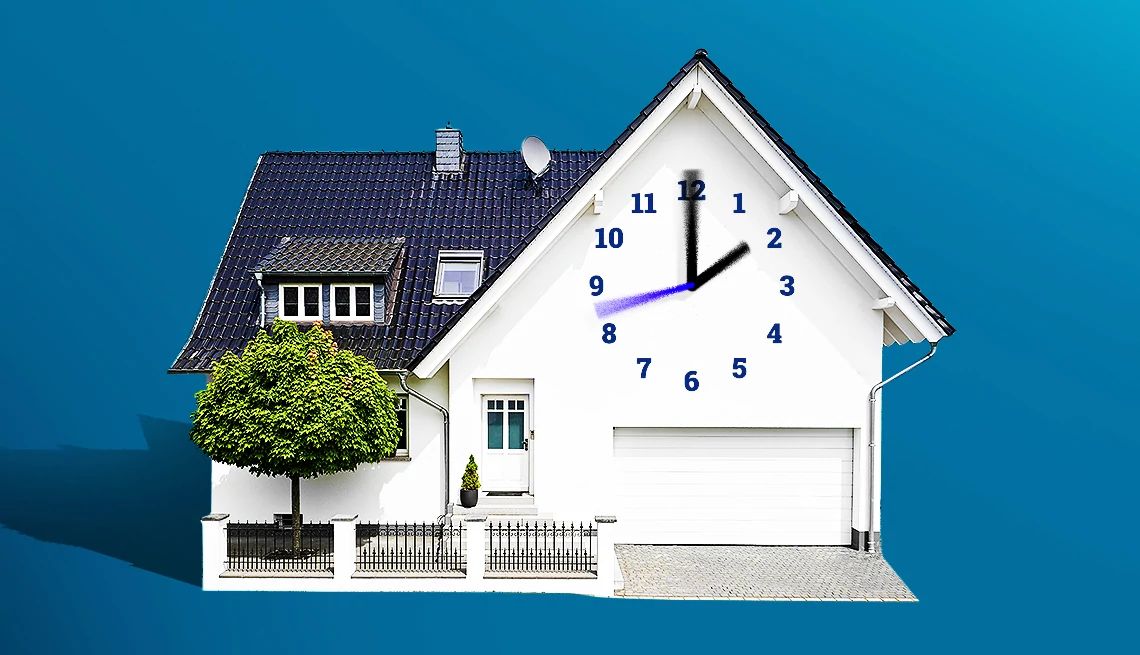

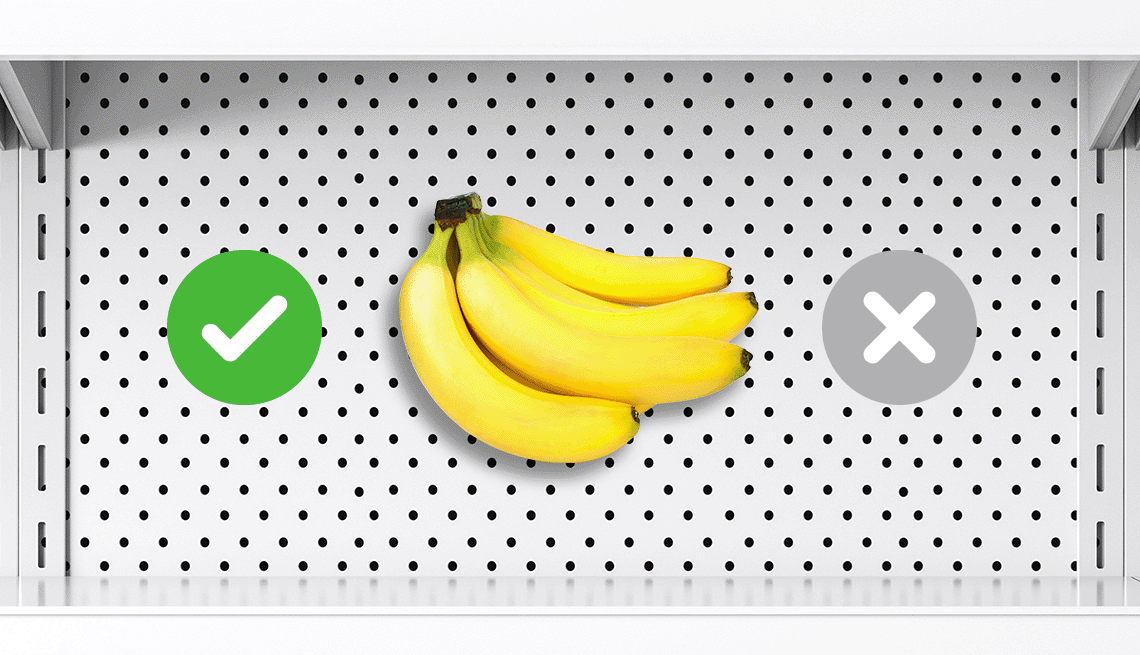














More on Social Security
How to apply for Social Security disability
What's the difference between SSDI and SSI?
Can I collect both Social Security disability benefits and VA disability compensation?